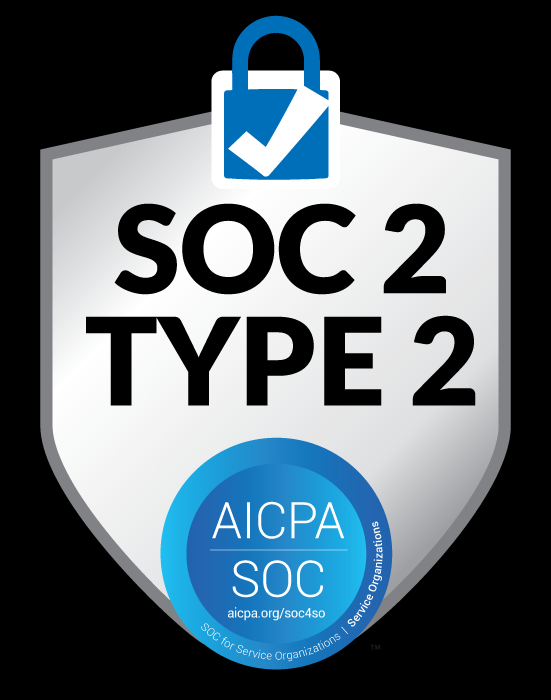Orchestrate your identity management strategy
Public sector has often lagged behind the marketplace when it comes to digital innovation. But when it comes to identity management, it’s now a leader, placing identity management at the center of zero trust initiatives.
As Carole House, the Cybersecurity and Secure Digital Innovation director for the White House National Security Council, told a recent virtual conference, “Identity sits at the heart of any zero trust implementation.” But does zero trust sit at the heart of current commercial solutions dominating the marketplace, used by the federal government?
We don’t think so.
While identity management is supposed to be a solution, it’s increasingly turned into its own, special kind of headache: It’s often difficult to deploy and operate, is too rigid to encompass the diversity of essential business applications and is underpowered to meet emerging security approaches like zero trust and integrate with new services.
Worse, the solution to what should already be a solution to this mess is to re-platform every few years, convinced that, this time, it will be different. You hold out hope that it will be finished on time, it will reduce friction and not add to the poor user experience, that it will meet all your business needs and accommodate new services and technologies — and while doing all this, it won’t cost a fortune.
It’s time to stop buying expensive bridges to Failureland. It’s time to shift our perspective on identity management away from what clearly doesn’t work and won’t work and instead, employ technologies that make the systems we have work better. It is time to focus on the technologies that simplify identity management, can be easily integrated, and provide a path to evolution at a pace and cost that meet business and government needs.
This approach is called identity orchestration.
Why more of the same legacy management won’t work
For the past two decades, digital businesses have used monolithic centralized and federated platforms to manage identity. Known as “walled gardens,” these platforms absorb, hold, and control immense amounts of customer data. As platforms, they are complicated to operate and slow to change.
Unsurprisingly, an industry of identity providers has created many variations on these systems, all promising to deliver newer and better solutions and all competing against each other with essentially, the same product features. In parallel, cloud applications are embedding identity management features in their centralized directories, making digital identity harder to manage and protect. Modern businesses are now using multiple cloud providers and hundreds or even thousands of online services.
A single centralized identity management platform strategy is no longer viable. Businesses need to manage many identity management features across many service providers. They need to reduce the risks of identity data sprawl across multiple centralized directories. They need consistent trust policies that provide a secure, smooth customer experience across all services. Adopting and removing new features and services must change at the speed of business. For all these reasons, the generation of the centralized, monolithic, walled-gardens garden is not sustainable.
New versions of the same centralized approaches don’t solve the underlying problems in digital identity management: fragile security, the reliance on centralized storage of personally-identifying information (PII) for verification, and all the privacy and consent headaches this creates; they just add more cost and more complex implementation roadmaps.
Identity Orchestration makes your legacy system work for you
Complex operations, slow migrations, poor user experience, and the vulnerabilities of identity sprawl can be solved through a simple decentralized identity orchestration strategy. With this approach, an ID-orchestration fabric is used to quickly add and remove features, tailor the customer experience, and provide consistent trust policies across any range of service providers.
Instead of focusing on one centralized platform with extended customization, the orchestration strategy focuses on no-code integration, and rapid deployment for flexible, secure user experiences. The fabric automates complex integration and policy management across service providers to reduce operational cost and increase business velocity and security.
Decentralized identity orchestration gives you a way to easily solve these challenges without needing platform upgrades or advanced development skills. It automates trust policies and integration across disparate providers with zero code. It unifies your identity landscape into an agile fabric that allows you to quickly design tailored user experiences that are more secure and friendly. And, critically, it provides a simple, elegant way to easily manage the continuous verification required by zero-trust security approaches.
Adapt now to manage Web 3.0
If walled-garden platforms and centralization have failed to remedy identity issues in Web 2.0, they are going to struggle to get a grip on the massive scaling of identity in Web 3.0 to encompass machines and even non-digital objects. To put it bluntly, Web 3.0 is not going to be secure without decentralized, portable identities with robust privacy control features.
Orchestration is going to be indispensable to managing these emerging and fast-moving digital ecosystems and securing your business.
The time to build a way to manage all this is now. The benefit will start with the end of expensive centralized platforms that cannot deliver the protection, flexibility, and privacy we need online today. Decentralized identity orchestration is your smart exit strategy, an off-ramp from more centralized expense—and a gateway to the future.
This article was first written by IdRamp for biometricupdate.com. To see the original post CLICK HERE.


